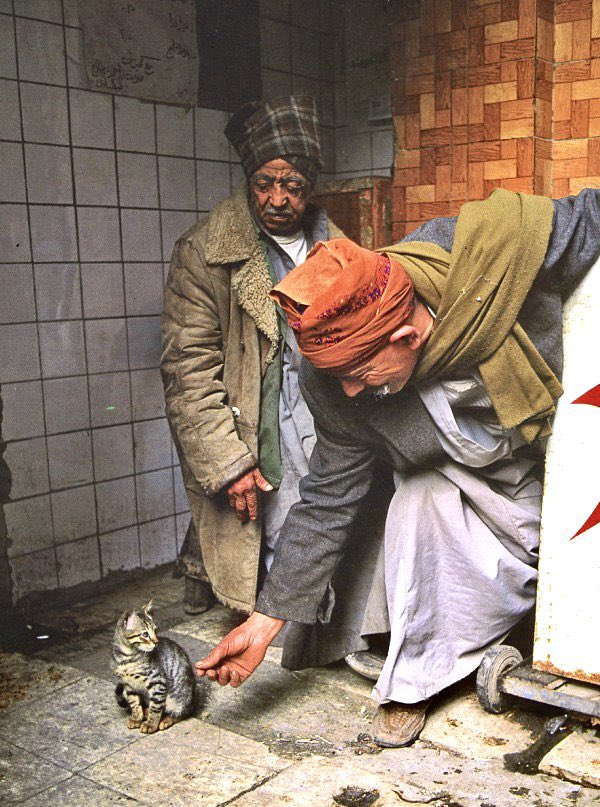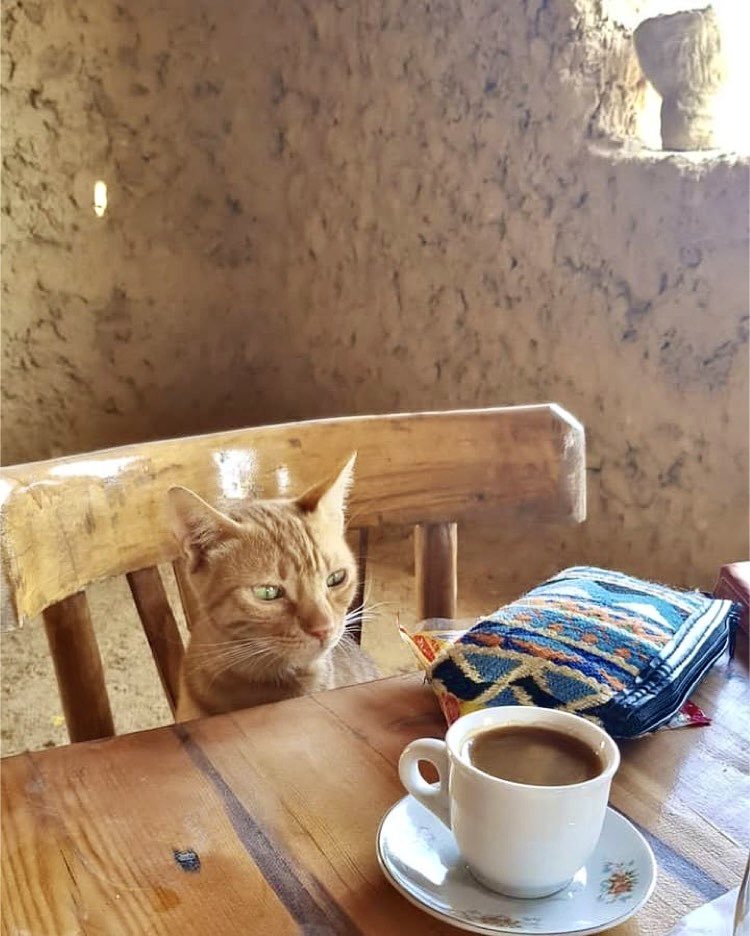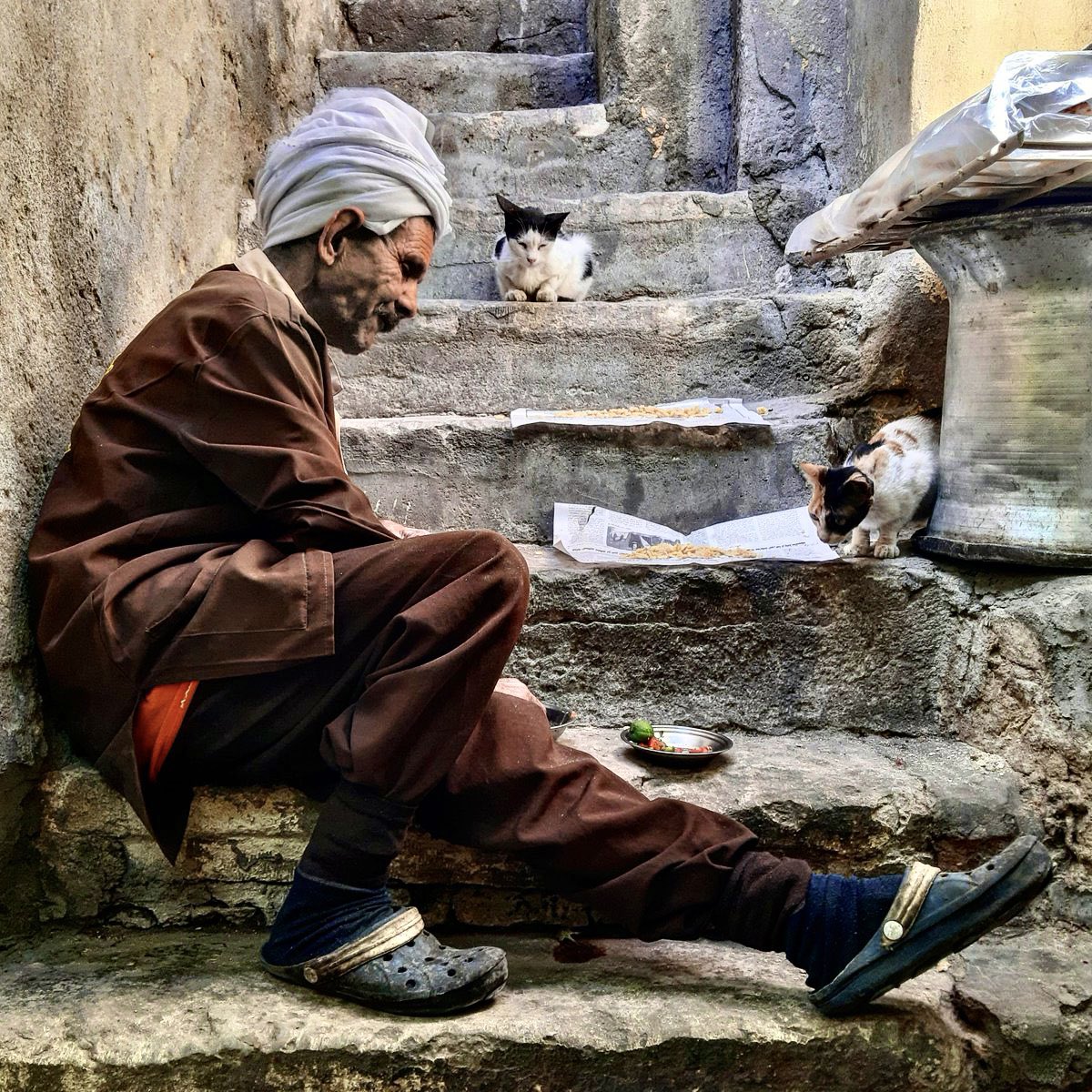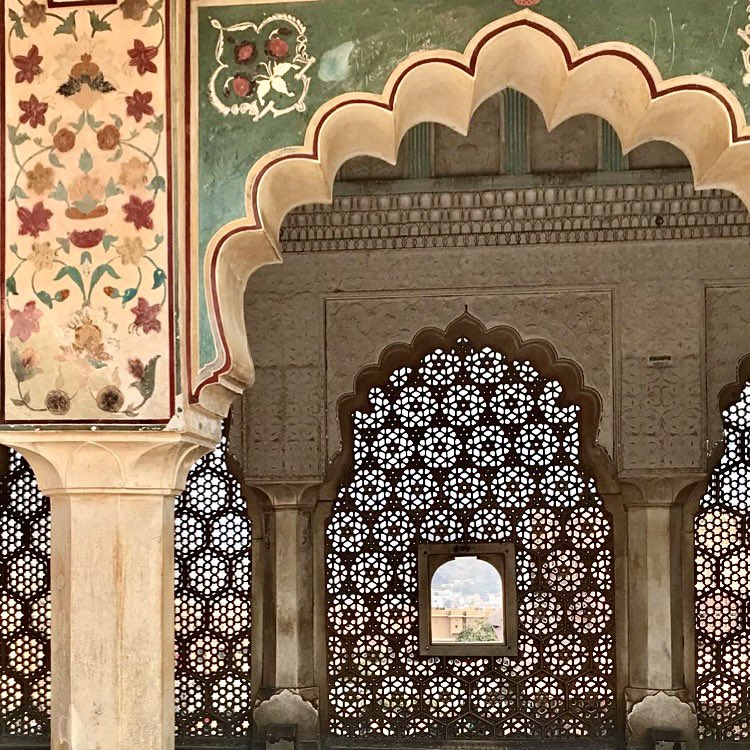
Cats in Egypt have had a longer history than they have had in almost any other part of the world. Egypt was likely the first place where cats were domesticated 10,000 years ago & are still much loved today
It’s Caturday & to celebrate the weekend, a thread on the cats of Cairo…
It’s Caturday & to celebrate the weekend, a thread on the cats of Cairo…

1/ Cairo has a long history of caring for cats, which goes all the way back to the origins of the city and is firmly rooted in Egyptian culture, Islamic beliefs and sense of practicality #Caturday 
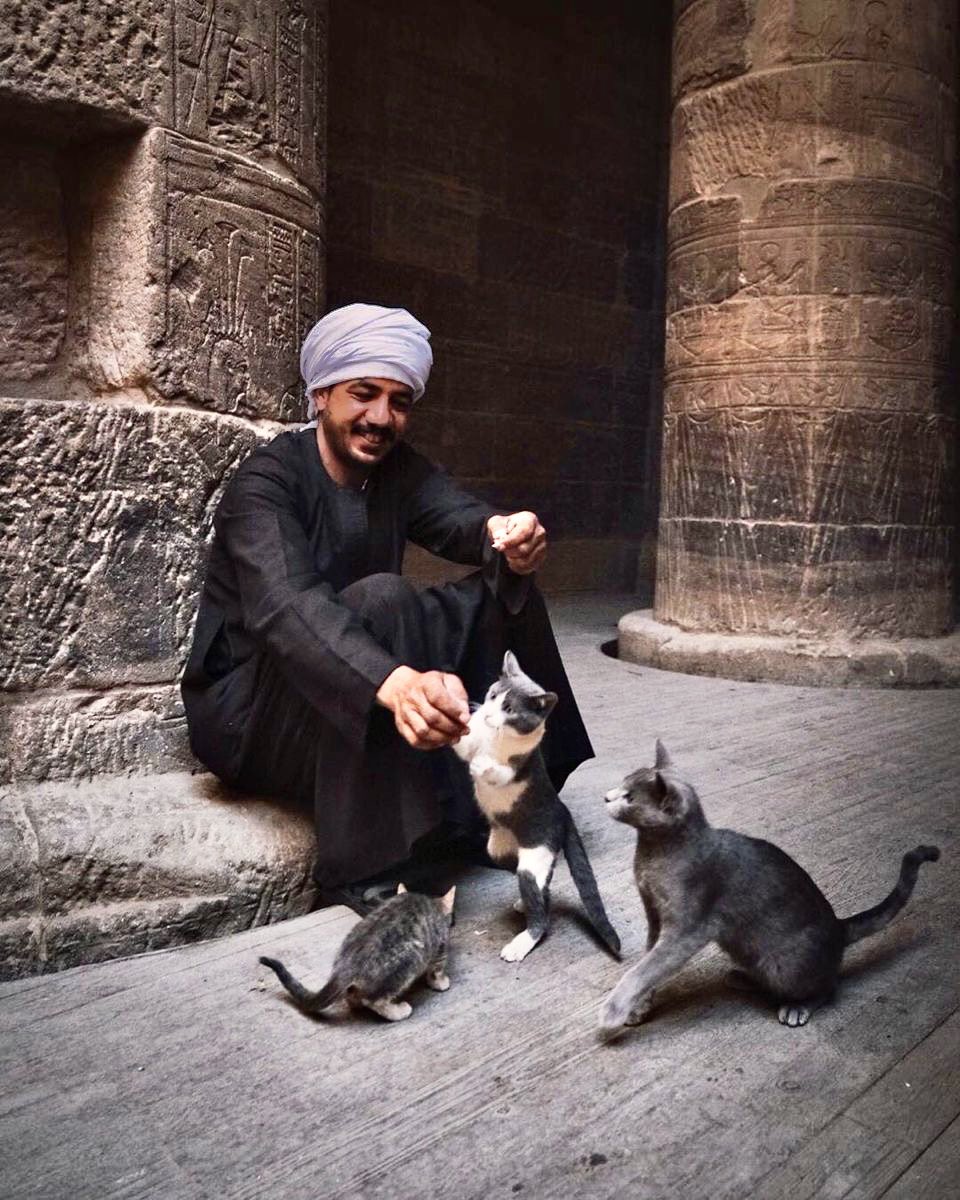
2/ In Islam, cats are considered clean animals & the only animal to allowed to enter the Great Mosque of Mecca. There are many stories in the history books referencing Prophet Muhammad's (PBUH) love of cats
A cat sleeping on Aq Sunqur Shrine in the Blue mosque, Cairo
#Caturday
A cat sleeping on Aq Sunqur Shrine in the Blue mosque, Cairo
#Caturday

3/ Cats have earned their keep as useful members of society in Cairo. In the days of old cats kept vermin away, which meant less food lost & fewer instances of disease
Cats in Cairo #Caturday
Cats in Cairo #Caturday

5/ Based on their practical uses, cats have an important place in Egyptian culture. The citizens of Cairo have created practices that allow cats to flourish. And some breeds of cats have even become synonymous with the country
Cat in Cairo #Caturday
Cat in Cairo #Caturday
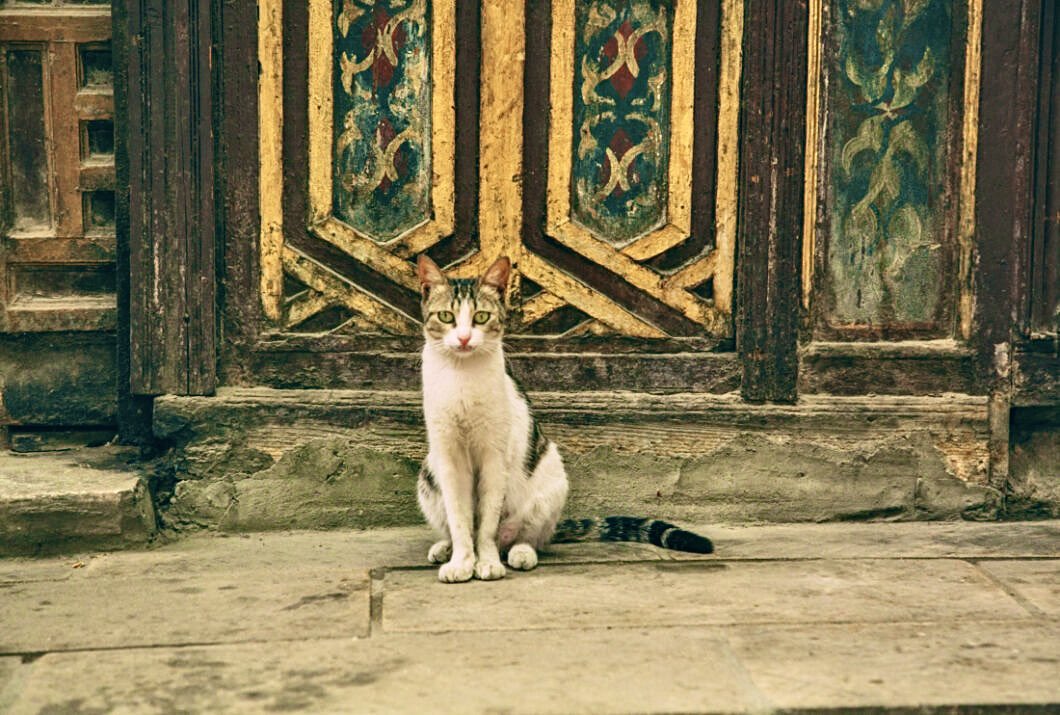
6/ In Islamic tradition, cats are admired for their cleanliness. They are thought to be ritually clean, and are allowed to enter homes and even mosques. Many cats will be found in mosques in Cairo #Caturday 

• • •
Missing some Tweet in this thread? You can try to
force a refresh






